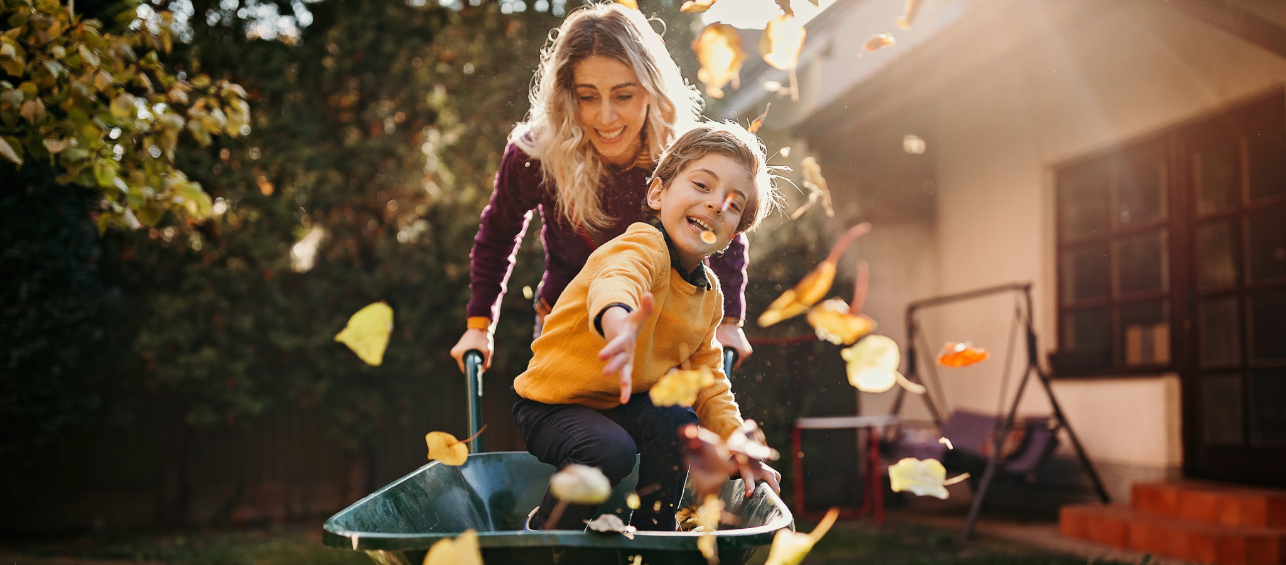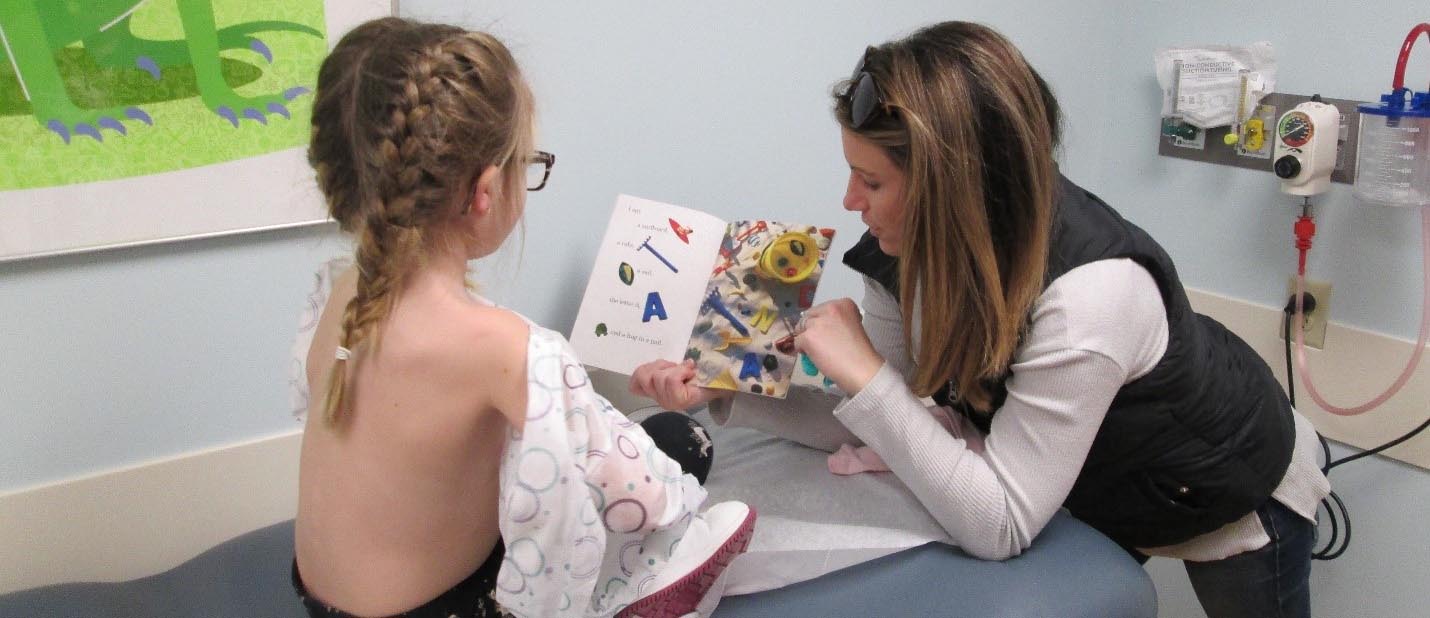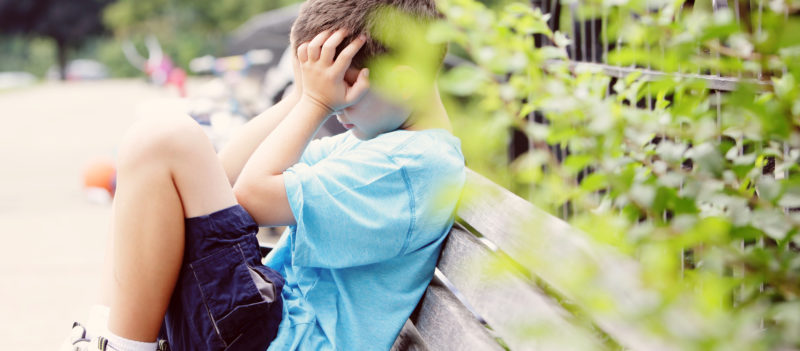Are there more sniffles and sneezes around your house than usual? With this season often come the runny noses and itchy eyes that fall allergies bring. If you have a child with seasonal allergies, here’s what you need to know about what’s causing them and when to call the doctor.
Common Seasonal Allergies
- Ragweed: Ragweed typically starts showing up in August and persists through September and October until the weather gets colder. The pollen from ragweed causes allergy symptoms to flare in many people, kids included.
- Mold: We see a lot of reactions to mold in the fall due to moisture inside the home and leaves outside. When leaves sit on the ground and get wet from dew and rain, they’re a prime breeding ground for mold.
- Dust: Dust hangs around all year, but gets stirred up more in the fall when we turn our furnaces on after they’ve been off all summer long. The air blowing through the vents sends all that dust right into our living spaces.
The symptoms you’ll mainly see with fall allergies are congestion, coughing, post-nasal drip (which can lead to a sore throat), sneezing, and itchy, watery eyes. Kids who rub their hands up their nose while sniffing might have a line form across the bridge of the nose (called the “allergic salute”).
While allergies don’t cause kids to be tired, fatigue can be a side effect since kids may not rest as well if they’re congested a lot.
When to Call a Doctor
Not sure if your child has a lingering cold or if it’s allergies? As with most medical concerns, it’s best to talk to your pediatrician to eliminate guesswork and get to the root of what’s bothering your child.
For kids ages 4 and up, if there is a strong family history of allergies and your child is showing similar symptoms, it’s OK to try an over-the-counter allergy remedy (such as cetirizine/Zyrtec®, loratadine/Claritin®, or fexofenadine/Allegra®) for several days. If there’s no improvement, call your pediatrician.
For infants and toddlers, it can be hard to tell the difference between allergies and something else. Don’t treat kids this young with over-the-counter allergy medicines. Call your pediatrician.
Kids who are more prone to allergies are those with asthma and bad eczema, and those who have a family history of allergies.
When talking about treatments, parents often have questions about the type of medication, the correct dose for your child’s age, and other approaches you can take to help your child during the height of allergy season. I’ll talk more about those in Part II of this series on fall allergies.
Allergy Symptoms: Could it Be Something Else?
Around this time each year, we also start seeing many common respiratory infections, including COVID-19—yes, it’s still around!, flu, RSV and colds. It can be challenging to tell these respiratory infections apart from seasonal allergies. They share many of the same symptoms including sneezing, cough and sore throat. However, there are few important differences to note.
A fever, which is often seen in respiratory infections, is not a sign of seasonal allergies. Likewise, allergies typically do not cause difficulty breathing or shortness of breath unless you have another underlying respiratory condition such as asthma. The Centers for Disease Control and Prevention (CDC) provides a complete list of COVID-19 symptoms. Cincinnati Children’s provides a know the difference document to help you decide what it is your child might possibly have.
Read next: Is your child experiencing allergy symptoms? Learn more about different treatment options, including medical and non-medical approaches, by reading part two of this series.
If you have questions, or would like to request an appointment with our team, please contact our u003ca href=u0022https://www.cincinnatichildrens.org/service/a/allergy-immunologyu0022u003eAu003cspan class=u0022s2u0022u003ellergy and Immunology Departmentu003c/spanu003eu003c/au003e.






